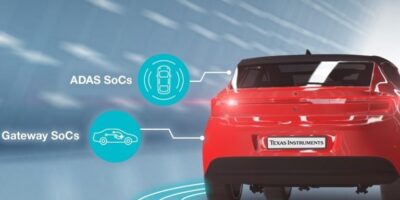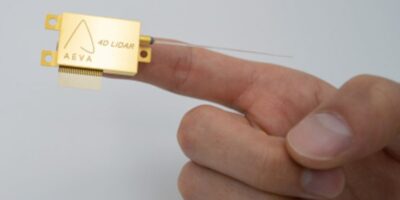Deep learning capabilities and advanced networking characterise the Jacinto 7 processor platform that Texas Instruments launched at CES. The first two automotive devices in the platform, TDA4VM processors for advanced driver assistance systems (ADAS) and DRA829V processors for gateway systems, include specialised on-chip accelerators to segment and expedite data-intensive tasks, like computer vision and deep learning.
The TDA4VM and DRA829V processors also incorporate a functional safety microcontroller, making it possible for original equipment manufacturers (OEMs) and Tier-1 suppliers to support both ASIL-D safety-critical tasks and convenience features with one chip, points out Texas Instruments. They share a single software platform, to reduce system complexity and cost as developers can reuse their software investment across multiple vehicle domains.
The TDA4VM processor offers on-chip analytics combined with sensor pre-processing, enabling OEMs and Tier-1 suppliers to support front camera applications using high-resolution 8Mpixel cameras to see farther and add enhanced features, such as drive assist. They are also capable of simultaneously operating four to six 3Mpixel cameras while also fusing other sensing modalities such as radar, lidar and ultrasonic on one chip, adds Texas Instruments. This multi-level capability enables TDA4VM to act as the centralised processor for ADAS. It also enables the critical features for automated parking, like surround view and image processing for displays and enhanced vehicle perception.
The DRA829V processor integrates the computing functions required for modern vehicles. It is believed to be the first in the industry to incorporate a PCIe switch on-chip in addition to an eight-port gigabit time sensitive network (TSN) -enabled Ethernet switch for faster computing functions and communications throughout the vehicle.
It also supports ASIL-D safety-critical and non-safety-critical operations and enables OEMs and Tier-1 suppliers to support mixed-criticality applications on one device. Higher bandwidth on-chip also allows developers to manage software development and validation in vehicles, for more dynamic updates and upgrades.
Pre-production TDA4VM and DRA8329V processors are available now, together with Jacinto 7 processors development kits and TDA4VMXEVM and DRA829VXEVM evaluation modules.
Volume production is expected to be available in the second half of 2020.







